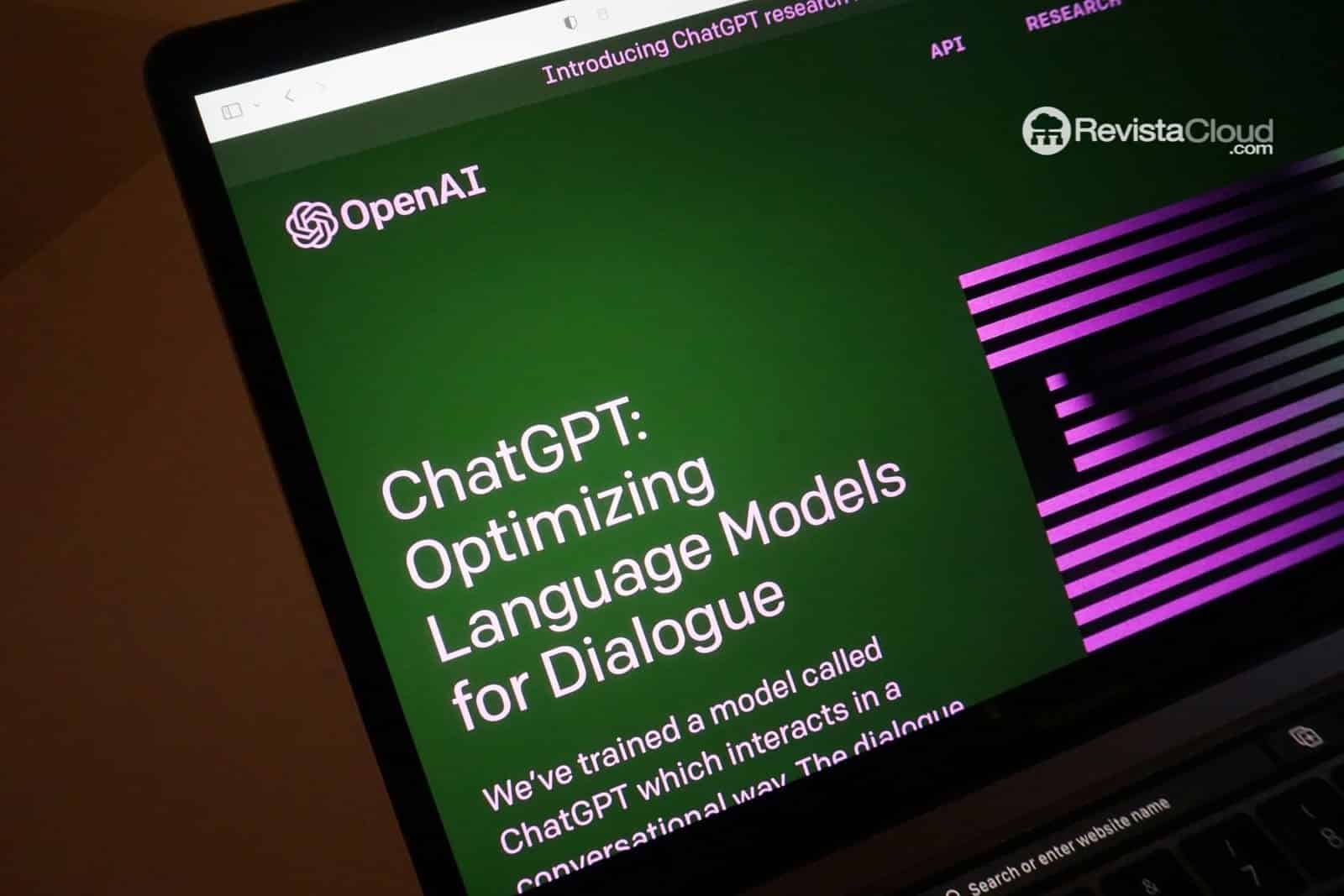The pressure from DeepSeek and other rivals leads OpenAI to expedite its next model
OpenAI has confirmed that GPT-5 will arrive in the coming months, seemingly in direct response to the increasing competition in the artificial intelligence sector. Sam Altman, the company’s CEO, has noted that the new model will bring significant improvements in accuracy, accessibility, and tool unification within its ecosystem.
This announcement comes at a crucial time, with the emergence of DeepSeek R1, a Chinese AI model that has gained notoriety for its advanced reasoning capabilities and its reportedly lower development costs compared to current OpenAI models. DeepSeek is not the only challenge for the company; other competitors such as Google (Gemini), Anthropic (Claude), Mistral AI, and Meta (with Llama) continue to evolve and capture market attention.
Renewed strategy: fewer models, more integration
One of the most significant decisions in this shift in focus is the elimination of standalone models like the “o” series, which will not be released separately. Instead, OpenAI will integrate all its advanced reasoning capabilities into GPT-5, optimizing access to more complex functions without the need to switch between different model versions.
Additionally, OpenAI appears to be moving away from the exclusivity of certain access levels. While the free version of ChatGPT will include GPT-5, subscribers to the paid plans will still have advantages in terms of speed and additional capabilities. This represents a shift from the previous strategy, which favored exclusive access to the most advanced models.
Key features of GPT-5
Among the features that OpenAI has previewed for its upcoming model are:
- Improved voice mode, allowing for more natural and dynamic interactions.
- Interactive canvas, designed for the creation and visual structuring of ideas.
- Advanced search, enhancing the ability to find precise information within the model.
- In-depth research, with integrated tools to facilitate the analysis of complex data.
With these features, OpenAI seeks to differentiate itself in an increasingly competitive market and ensure that its models are as versatile and accessible as possible.
An evolving AI landscape
The release of GPT-5 is set against a backdrop of accelerated competition for supremacy in artificial intelligence. Google has ramped up its development with Gemini, while Anthropic continues to evolve with Claude. Meanwhile, Mistral AI focuses on open and efficient models, and Meta is advancing the integration of its Llama series into its product ecosystem.
In this context, OpenAI aims to strengthen its position with a more powerful and accessible model. However, the pressure from competitors is mounting, and the industry continues to advance at a breakneck pace. The release of GPT-5 could signify a new turning point in this battle for leadership in the future of artificial intelligence.
Source: Sam Altman on X and Artificial Intelligence News

